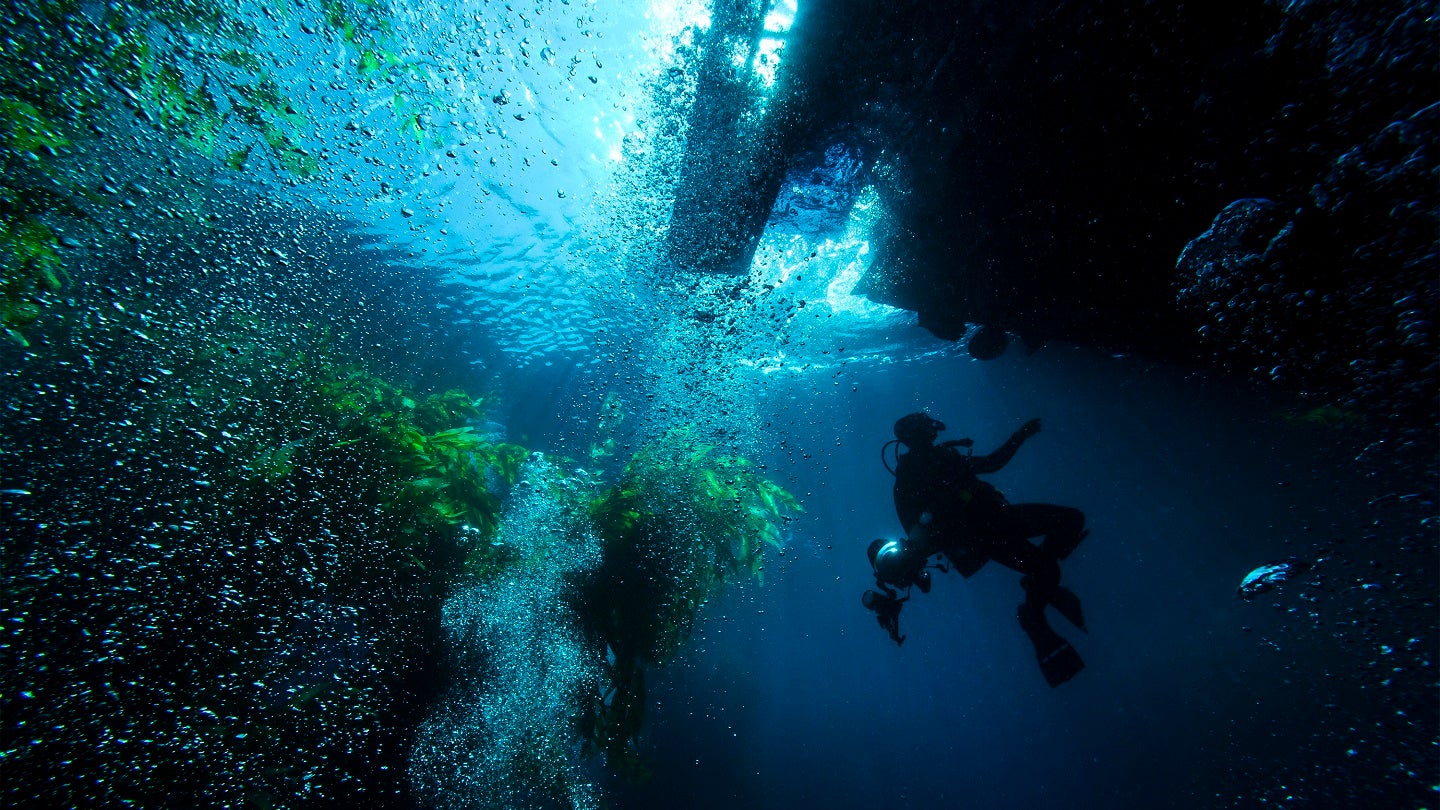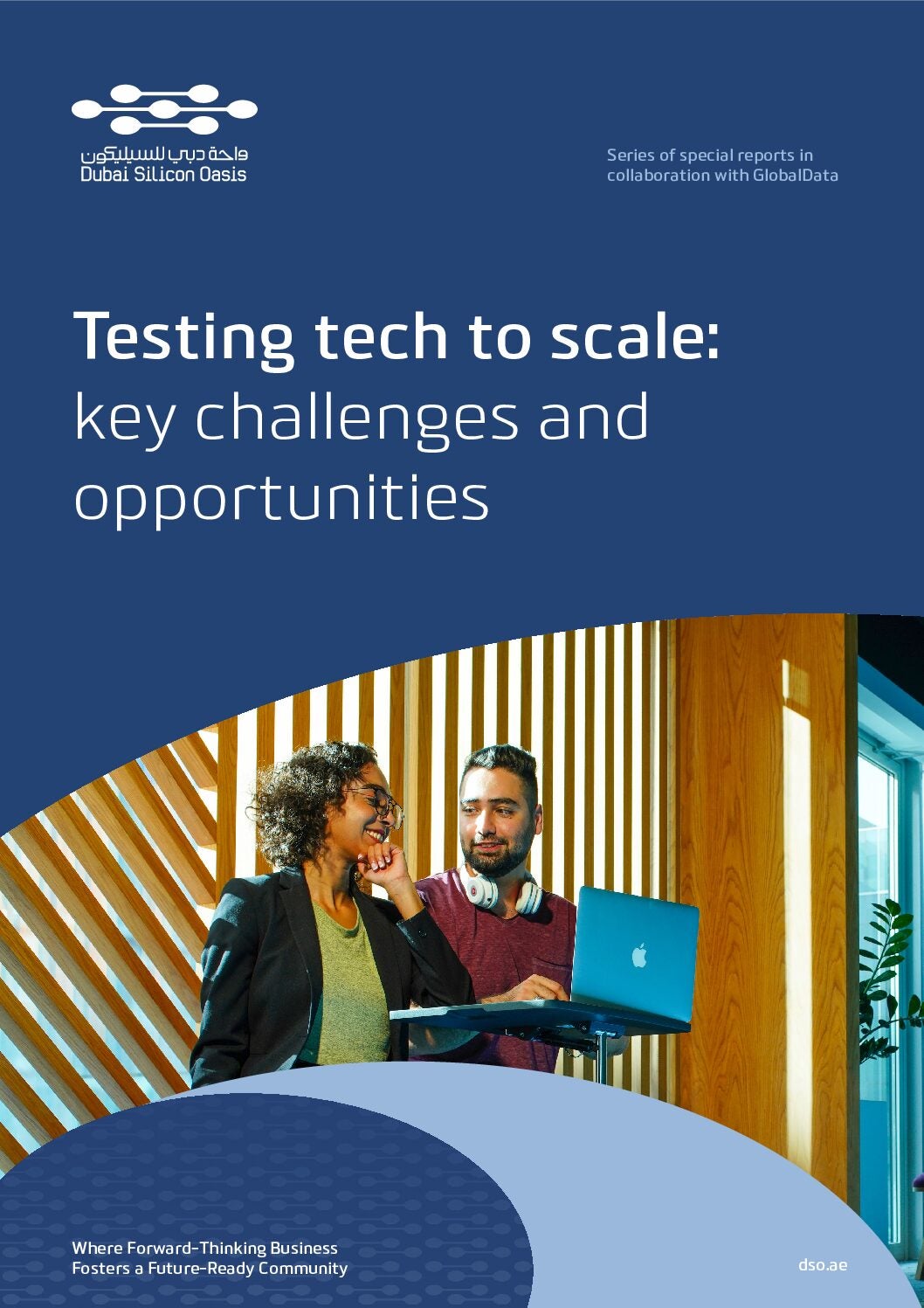
Advances in acoustic and optical communications, edge computing, artificial intelligence and underwater drones are helping to improve the way we understand our ocean. Drawing on recent projects, Simon Partridge, chairman of Covelya Group, outlines the art of the possible and why communicating underwater is at the heart of everything.
For any defence force, communications are critical in being able to plan, control and navigate assets on the battlefield. Communications underwater are no different, but due to the laws of physics, radio and satellite communication signals are limited in that they are only able to penetrate a few centimetres of water.
Although underwater acoustic communications in limited forms have been around for many decades, submarines, which have been at the forefront of the underwater battlespace have been unwilling to make any ‘noise’, let alone transit long, high-power pulses which can be picked up, detected and their location exposed to rival nations.
However, things are changing. Increasingly, underwater uncrewed mobile vehicles or “drones” and fixed seabed nodes are moving into the frontline to both survey, observe and provide deterrence. To control these drones and capture critical information requires reliable communications, at both short and long range. Luckily, modern processors provide more computing power for less energy consumed and this has enabled increasingly sophisticated communications to be deployed underwater.
Improved signal processing
Acoustics communications or ‘A-COMMS’ is fundamentally limited by how acoustic rays propagate in varying waters with temperature and salinity gradients acting to bend and distort signals. Improved signal processing helps detectability and recovery of errors, and better signal design can make it more difficult for others to detect these signals as they appear more random and are masked by background noise.
Now, more reliable acoustic communications are possible, and the speed of data transfer has improved, where the physical channel allows. With communications taking place between different assets, as well as different nations, having a common underwater “language” is important. Standards for interoperability are starting to be more commonly used. Phorcys is one such standard that is gaining traction and one of Covelya’s operating companies, Sonardyne International, has been right at the heart of defining the signals and operating principles.
In addition, better modelling helps inform when and where communications will be possible, and at what bandwidth, and this in turn enables mission planning or war gaming. Covelya’s latest affiliate company, Acousonix has been set up to specifically help customers advance their own operational modelling capability.

Long range acoustics communications, over hundreds of kilometres for simple messaging from submarines, or now a new generation of large uncrewed underwater vehicles (XLUUVs) are in the order of a few bits/seconds. Medium range communications up to 10km or so, provide much better bandwidth, perhaps up to the sort of speeds of internet dial up some of us will remember in the 90’s at 2 to 20mbits/s. Smaller uncrewed underwater vehicles (UUVs) are routinely using this to report back to a ship or uncrewed surface vessel (USV) or swarms can exchange position, time or sensor data.
At much shorter ranges, higher bandwidth A-COMMS is possible, but free space optical or ‘O-COMMS’ comes into play. Rather than relying on the slow speed of sound in water, photons travelling at the speed of light make 20Mbits/s possible at up to 150m and 1Gbit/s at almost 10m. This can be advantageous for UUVs to offboard data at depth or hoover up data from seabed nodes without the need to physically dock.
Processing data at the edge
Even so, with limited time varying bandwidth available, any communication media must be used sparingly, and so intelligent system design is necessary to ensure that when it is available, it is efficiently used to send only the data that is necessary. This is where edge computing comes into play, where more powerful processors can be utilised, when appropriate, to process huge amounts of raw data into much smaller chunks of information that can be offboarded in near real-time.
Putting all this together means that forward protection around critical areas or pinch points can be provided by long-life, cableless, intelligent seabed nodes. These can listen for noise, sense disturbances or changes in their environment. This data can be processed at the edge and compacted down to classify, or even detect. From here, this can either be sent to USVs with satcoms availability, or to more covert UUVs which can then surface to offload data or dock sub-sea with cabled infrastructure. If required, raw data can be uploaded to a remotely operated vehicle (ROV) tethered to a ship or to a UUV in close vicinity (<10m) via the laser-based O-COMMS for transport back to shore, ship or dock.
This is not just theory, Sonardyne International is now offering exactly this capability in existing products. It has had seabed nodes carrying out event detection deployed in deep water for over five years at a time on previous projects, and now these are being deployed for ten years at a time. These sense either minute deformation of the seabed over time due to extraction of minerals, or the centimetric horizonal shift of tectonic plates due to seismic activity. All data is then offloaded to a low-cost USV at the surface before transmission back by satcom. Other systems are now being deployed and are planned to be deployed in large numbers for up to five years, where on command via A-COMMS they log huge amounts of seabed vibration and hydrophone data. Gigabytes of data is then offloaded to UUVs every few months as they pass overhead.
In a second example, Sonardyne’s new range of ‘Origin’ Acoustic Doppler Current Profilers (ADCPs) acquire highly accurate water speed data at fine intervals through the water column. Integrated A-COMMS enables these to be controlled from the surface or a UUV, and onboard edge capability enables customers to write and download their own detection routines, process in situ in near real-time and offboard detections via A-COMMS to passing ships, USVs and UUVs.
Supporting our defence forces
Communications underwater are improving both in terms of reliability, range, bandwidth, and interoperability. This is allowing a wide range of assets, whether they are mobile in the water or fixed on the seabed to be interconnected at short or very long distances. These drones can be deployed forward and commanded as necessary to survey and protect before people need to be put in harm’s way.
UUVs can now be deployed over the horizon for many months at a time, or seabed nodes for many years, to project force or acquire critical data. It is already happening, as well are providing critical doppler-inertial navigation technology, Sonardyne’s multiband A-COMMS (medium – long and very long range) is being deployed on XL-UUVs for command and control and navigation aiding for some defence projects.
These ongoing advancements in underwater communications and the integration of advanced technologies are revolutionising the way we explore and protect our ocean, opening up unprecedented opportunities for innovation and progress.




